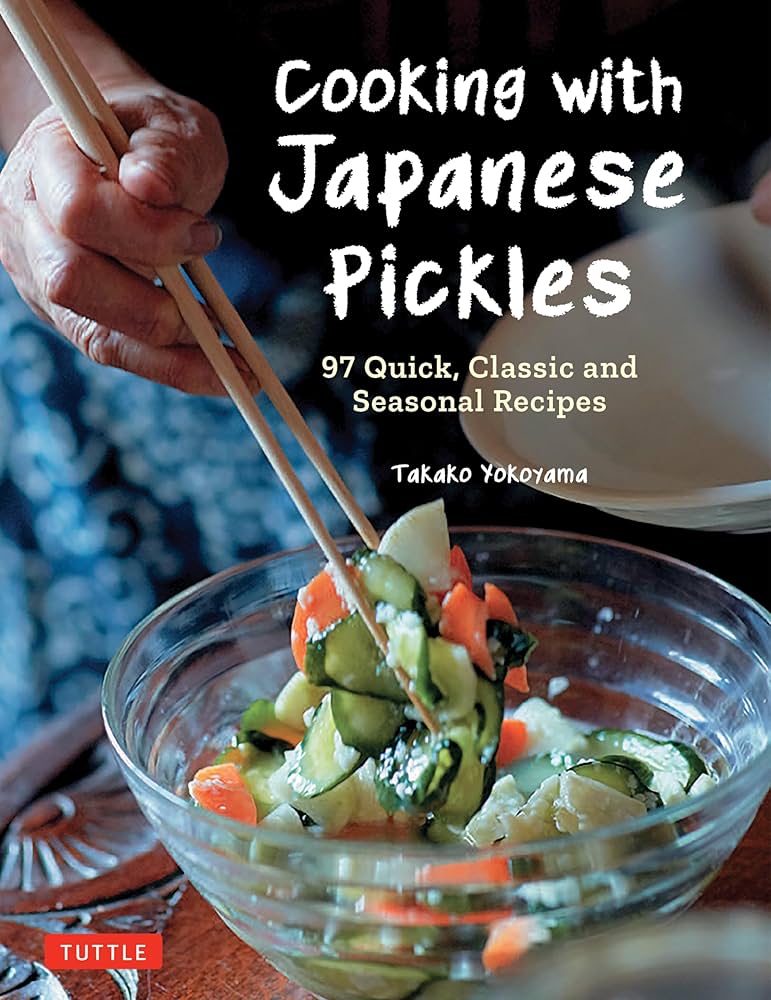The Pickle Revolution: Unveiling the Flavorful World of Pickle-Flavored Foods
The recent surge in pickle-flavored foods is nothing short of fascinating! From crunchy pickle-flavored tortilla chips to quirky pickle soda, it seems that everything is getting a savory twist that evokes the sharp, tangy brine we all love. Living in a world where these bizarre offerings sit on grocery store shelves right alongside traditional snacks, I can’t help but think about how far we’ve come since the days of merely enjoying pickles on a sandwich.
An assortment of delectable pickles ready for the brine.
The Timeless Tradition of Pickling
Pickles have been a staple for thousands of years, tracing back to ancient civilizations that recognized the preservation benefits of pickling. Early explorers, captivated by the prospect of venturing into the unknown, stocked their ships with pickled foods as a safeguard against scurvy. These acidified treasures provided not only sustenance but also crucial nutrients, showcasing how pickles have long transcended mere side dishes to play significant roles in history and nutrition.
I often find myself reminiscing about family picnics—tables adorned with jars of brightly colored pickled fare, each with its unique zesty punch inviting us to dive into the goodness. It’s a sensory experience that seems to linger in memory as much as on the palate.
The science behind modern pickling is just as intriguing as its history. The basic formula for pickling involves a brine mixture of vinegar, water, salt, and spices. This solution creates a dynamic environment that inhibits bacteria growth, ensuring safety and longevity. However, caution is warranted: certain bacteria, like Listeria monocytogenes, can thrive even in refrigerated pickles if not prepared properly.
Pickling at Home: A Must-Try!
Feeling inspired? Why not try your hand at pickling something unique at home? One delightful option is making pickled eggs—perfect as a snack or protein-packed addition to a cheese platter. Below are three simple brine recipes that will transform humble hard-boiled eggs into something spectacular. Each of these recipes yields enough brine for 12 eggs:
Brine No. 1: Dilled Eggs
- 1 ½ cups white vinegar
- 1 cup water
- ¾ teaspoon dill weed
- ½ teaspoon white pepper
- 3 teaspoons salt
- ½ teaspoon mustard seed
- ¾ teaspoon onion juice or minced onion
- ¾ teaspoon minced garlic or 1 peeled garlic clove
Brine No. 2: Red Beet Pickled Eggs
- 1 cup red beet juice (from canned beets)
- 1 ½ cups cider vinegar
- 1 teaspoon brown sugar
- A few canned whole tiny red beets (or several slices of beets can be used)
Brine No. 3: Dark and Spicy Eggs
- 1 ½ cups cider vinegar
- ½ cup water
- 1 tablespoon dark brown sugar
- 2 teaspoons granulated sugar
- 1 teaspoon mixed pickling spice
- ½ teaspoon liquid smoke or hickory smoke salt
- 2 teaspoons salt
To pick, boil all the ingredients (except the eggs) to create that flavorful brine, then pack your cooked eggs into a pre-sterilized jar and cover them with the brine. Refrigerate and wait for the magic to happen! Just remember to enjoy these tangy delights within three months for the best taste.
Various styles of pickled eggs - a colorful treat for any gathering!
Embracing the Pickle Trend
As I stroll through my local supermarket, I’m constantly taken aback by the number of products infused with pickle flavors. Just the other day, I spotted pickle-flavored sunflower seeds and even a bottle of pickle-infused vinaigrette. What’s more astonishing is not just the plethora of options available but the enthusiasm surrounding them. It feels like an entire cultural movement, with pickles taking center stage in our culinary conversations.
While some may raise their eyebrows at the eccentricity of products like pickle cotton candy, I firmly believe that culinary exploration should never be limited by tradition. It’s about finding joy in flavors, through experimenting with novel combinations that make each taste experience richer.
No matter where you wander in the world of pickled delicacies, it’s essential to remember the roots of these savory marvels. Research-tested recipes should always guide your home canning adventures—safety first, of course! After all, creating your own pickled foods can be as satisfying as devouring them.
In conclusion, I invite you to join in on the pickle excitement. Get creative, explore bold flavors, and perhaps share a jar of your homemade pickled treasures with friends and family. The loving craft of pickling is not just about preservation—it’s a celebration of taste, history, and above all, community.
So, next time you reach for a jar of pickles or concoct a flavorful brine, remember that each bite carries the legacy of those who braved the seas long ago. Delight in the vibrant culture of pickling, and don’t hesitate to embrace the unusual flavors that this tantalizing journey has to offer.
Recommended Resources
If you’re interested in venturing further into the world of pickling, consider visiting educational resources such as NDSU Extension Food for safe canning practices and recipes.
Pickle lovers unite! Let’s spread the deliciousness one jar at a time.














